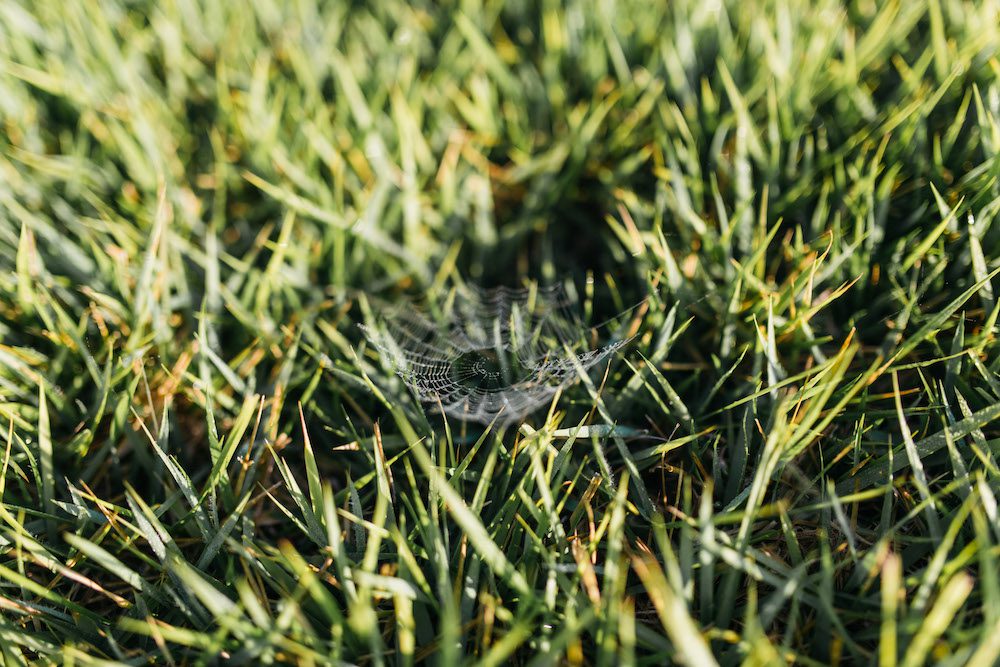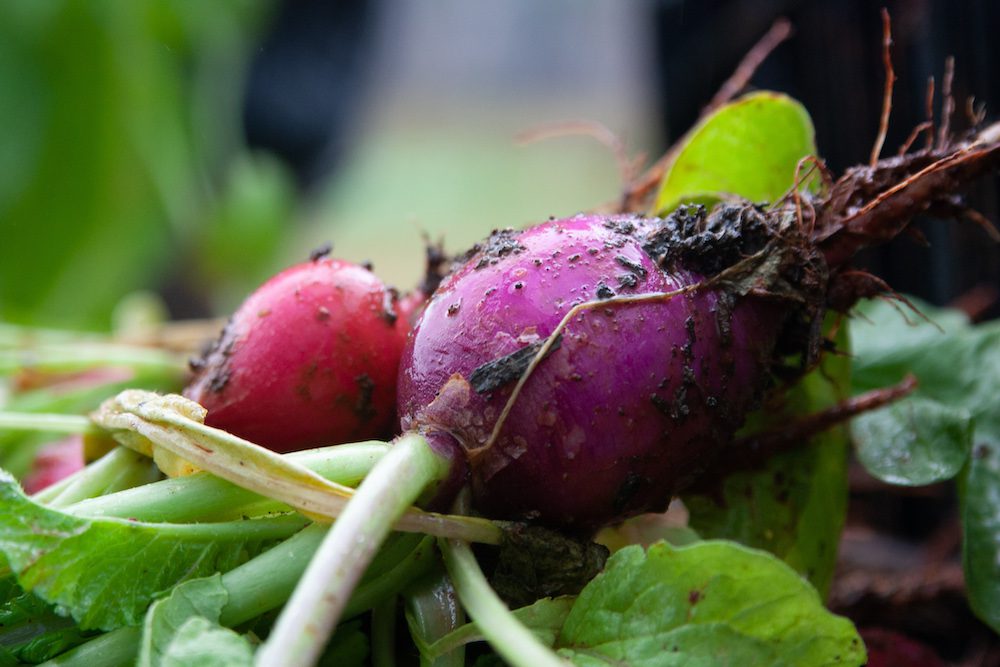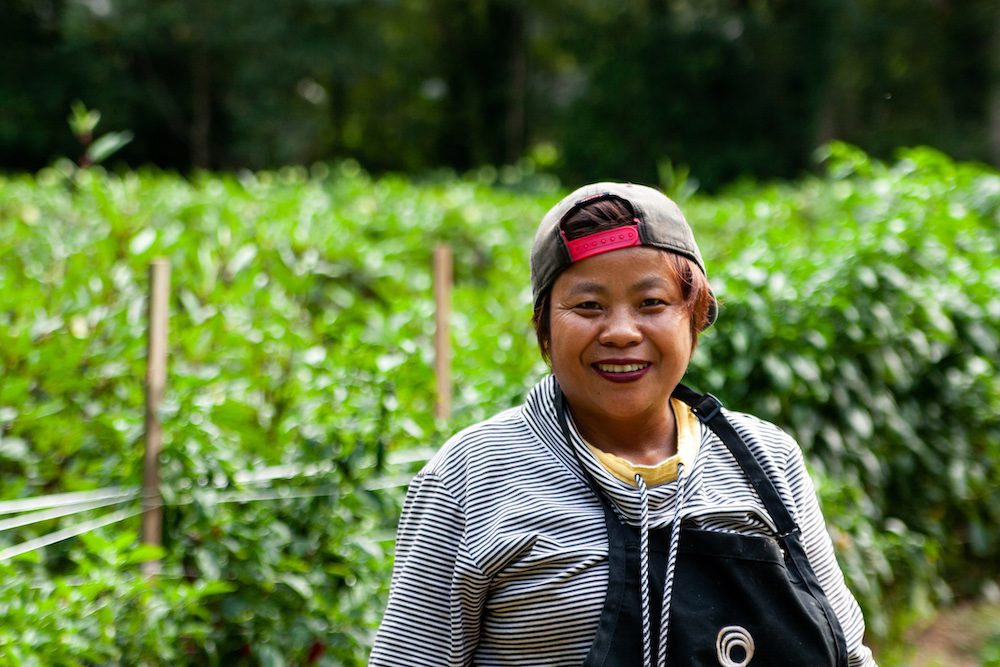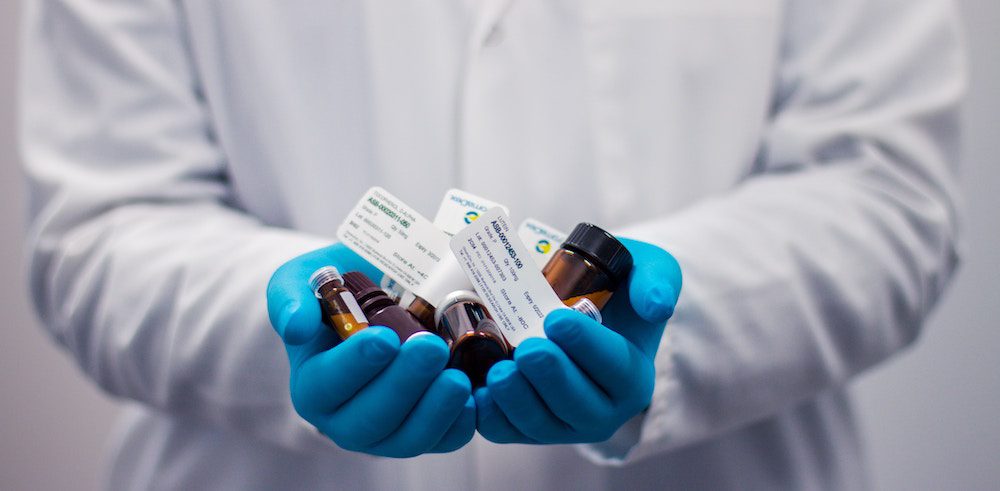Which is easier to trust when it comes to what we put in our bodies: the compounded results of nature, developed and perfected over the full course of life’s existence, or the output of a cutting edge business bent on improving upon the natural through synthetic processes?
Worded in that way, you can probably guess which option I hope you’ll choose. But the reality is that it’s actually a very nuanced decision for most of us to make. Over the course of our species, we’ve gained lots of knowledge about how nature works. We are constantly seeking to improve upon the elemental, and many amazing things have come from that effort. In lieu of drinking toxic water, we learned to filter out life-threatening organisms through sand and stone. We’ve learned to domesticate animals, to cultivate nutritional plants and developed the Polio vaccine. It’s undeniable that our technology and knowledge often leads to life-improving advancements.
But so often these advances also lead to an insatiable addiction to speedy results. The more we crave, the quicker a thing will be developed for us by those cutting edge scientists and marketers. This is where we begin to stray down a darker path. In the lucrative face of increased consumer demand, businesses begin to artificially synthesize nature using unnatural processes in order to produce scalable and inexpensive replacements to the real thing. We see this more and more with food production drifting from traditional farmland to indoor grow spaces that remove sunlight and soil from the equation. We see scientists injecting pesticides into the DNA of crops in order to make them resistant to pests and disease.
Biomimicry is the process of mimicking nature in order to produce a result. This can be healthy or unhealthy, depending on how true the reproduction is to natural systems. On the far end of the biomimicry spectrum is what nature produces itself, without the influence of human interference: raw, untainted, without additives and in its purest form. Envision a wild fig tree, passing along the DNA of its species through small seeds spread afar by birds, pollinated by wasps, and densely packed with nutrients to enrich the earth and the wide network of life forms that consume it. On the other side is a laboratory of synthesized chemicals designed to produce a harder hitting version of the more natural answers to our problems. Nature’s systems and raw ingredients are often unrecognizable at this extreme side of biomimicry.

This end of the spectrum would argue, “Why develop a habit of eating raw and healthy foods when you can eat what you want then easily buy a pill that will make you lose weight or take away that throbbing headache?” It doesn’t take a genius to realize that there’s a long list of unintended negative consequences that result from genetically modified food, or complex chemical interactions within our bodies that occur from taking a pill. Yet even these lab-made products are a part of the spectrum and are therefore at least loosely based on nature.
The problem is that for as smart as we are and as much as we’ve grown in knowledge, we still don’t really understand the complexity of how things all work together, especially in relation to how our bodies function.
To further demonstrate this complexity let’s take an orange, for example. We’ll call it Orange A. It is well known that the fruit of an orange provides vitamin C. Additionally, it was more recently discovered that within the pithy rind of the fruit there are abundant flavanoids, which work in harmony with the fruit to act as an immense aid to the immune system. Eating the whole fruit ensures the absorption of all of these benefits as nature intended. Now let’s say you take Orange B, laden with pesticides, grown inside under an LED, toss the skin and pith away, squeeze out the juice, add preservatives, sugar, a pretty label and ouila!, you’ve got the other end of the spectrum: Orange B repackaged into a bottle and marketed as an equally healthy alternative to Orange A. Not only is Orange B lacking in the sunlight and flavanoids, but it is also chock full of questionable additives. This is the spectrum of biomimicry.

Nature does not tend to yield immediate outcomes like a laboratory might, whether positive or negative. It takes its time, tending towards holistic growth rather than hyper-localized results and instant gratification. Ever notice how many of the healthiest people are also the most disciplined, avoiding the quick fix promised by fad diets or “6 Pack Abs in a Week!” advertisements? Nature is like these people. It has taken the long road to arrive at its conclusions, refining all living things by prolonged exposure to the elements and forcing them to find a place within the balance of a wider ecosystem. Anything that does not fit into this system will inevitably be erased from it.
The widest expanse of the spectrum, however, falls somewhere in between nature’s ecosystem and the laboratory. If we take sunlight away from our farms, for example, will the spinach have the same nutritional composition? If we replace a garden’s soil with “a perfect mix of manmade nutrients”, will the impact of tomatoes on our bodies be the same? What impact does growing food in an unsterilized natural ecosystem have on our physical health and the health of the planet? We just don’t understand enough about the intricacies to say definitively one way or the other, so we must choose which way to lean more heavily when determining how to feed ourselves and our families: nature or our own technology and advancements in knowledge.

It’s easy to agree that nature is healthy, a little harder to align with the idea that laboratory produced and synthetic quick-fixes to our problems are unhealthy, but even harder to come up with a stance on the in-between grey areas of food production. While we don’t purport to understand the immense complexity of biology, we are grateful for our small organic farmers who do their best to replicate natural systems on their land, embracing the sun and rain, hot and cold, pests and weeds, trusting that mother nature knows best. After all, she’s been here a lot longer than we have.

